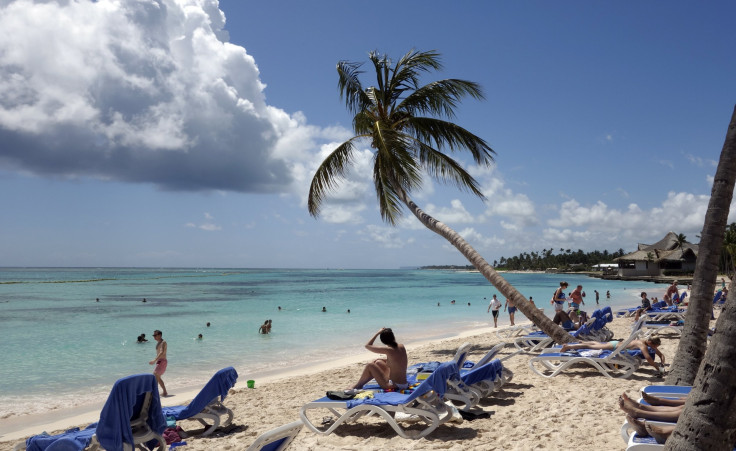Do People Take Less Vacation Now? Most Americans Won't Use Up Their PTO This Year

As the year comes to a close, some workers will scramble to use the remainder of their annual allotted vacation days. However, according to a study released Monday, the majority of Americans will not.
Of the nearly two-thirds of American workers who receive paid time off, 52 percent planned to leave vacation days on the table in 2016, compared to 47 percent who planned to use up all allotted days, according to a survey by the consumer financial services company Bankrate. The average number of vacation days left unused, the study said, amounted to 19 days.
Bankrate personal finance expert Sarah Berger, one of the researchers behind the survey, attributed Americans’ unwillingness to take a break to societal norms, calling the trend “deeply embedded in our culture.” Berger interviewed some of the 1,000 respondents to the survey, which was conducted via phone and had a margin of error of plus or minus 3.7 percentage points.
“I think that there is this perception in this country that not using all your vacation time makes you a better worker,” she said in a phone interview with International Business Times. “But that’s just not true.”
The trend varied depending on age, with a quarter of younger millennials, defined as those ages 18 to 25, saying they’ll use zero vacation days, compared to 9 percent of older millennials, ages 26 to 35, 6 percent of the 35-to-50-year-olds who constitute Generation X and 7 percent of baby boomers, aged 51 to 69.
Millennials, Berger told IBTimes, “felt wary about taking vacation because they felt they had something to prove.” Some younger interviewees, she recalled, told her “they also wanted to dispel stereotypes that millennials are lazy.”
Willingness to take vacation varied regionally as well, with 60 percent of Northeasterners planning to use their full vacation allowances, compared to 39 percent in the South and slightly under half in the West and Midwest.
While the aversion to taking time off differentiates depending on age and location, much research points to the notion that working hard, but not playing hard, has become a growing American phenomenon in the past two decades.
In 1976, according to research from the Washington D.C.-based organization Project: Time Off, Americans took an average of 20.3 days off each year. Around 2000, however, that number started to drop, falling to 16.2 days in 2015. The top reasons included workers’ fears that they would “return to a mountain of work,” that “no one else can do the job” and that they simply can’t afford to go anywhere.
Research also backs Berger’s definition of the issue as a cultural one. A November Expedia study found that out of 28 countries, the U.S. ranked seventh—behind Japan, South Korea, India, Italy, Singapore and Malaysia and tied with Mexico, the Netherlands and Thailand—for most vacation days unused. And the workers may not be the only ones fostering a culture of all work and no play: Out of the 21 wealthiest nations in the world, the U.S. is the only one without legally mandated paid holidays or vacation.
© Copyright IBTimes 2025. All rights reserved.






















